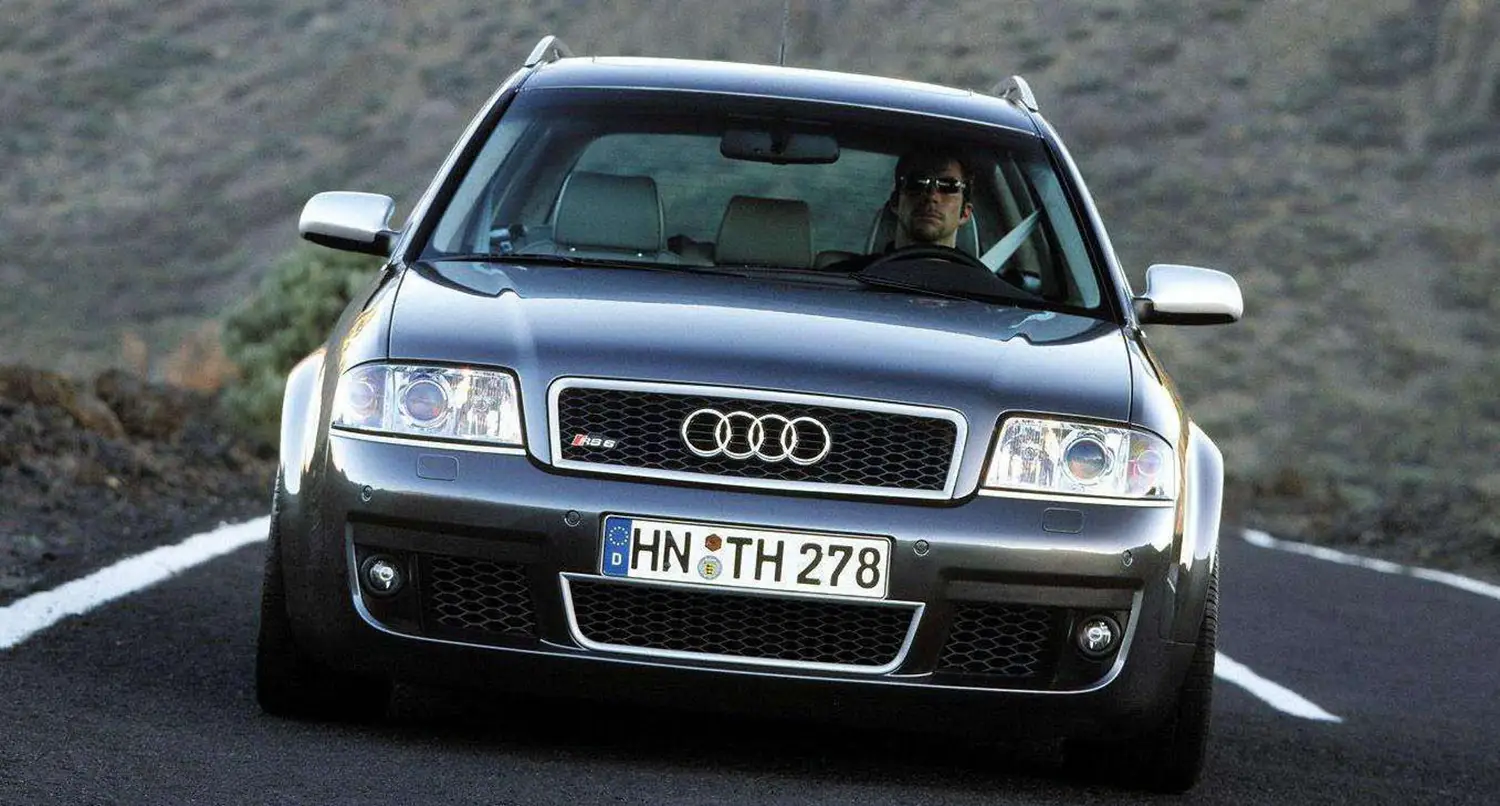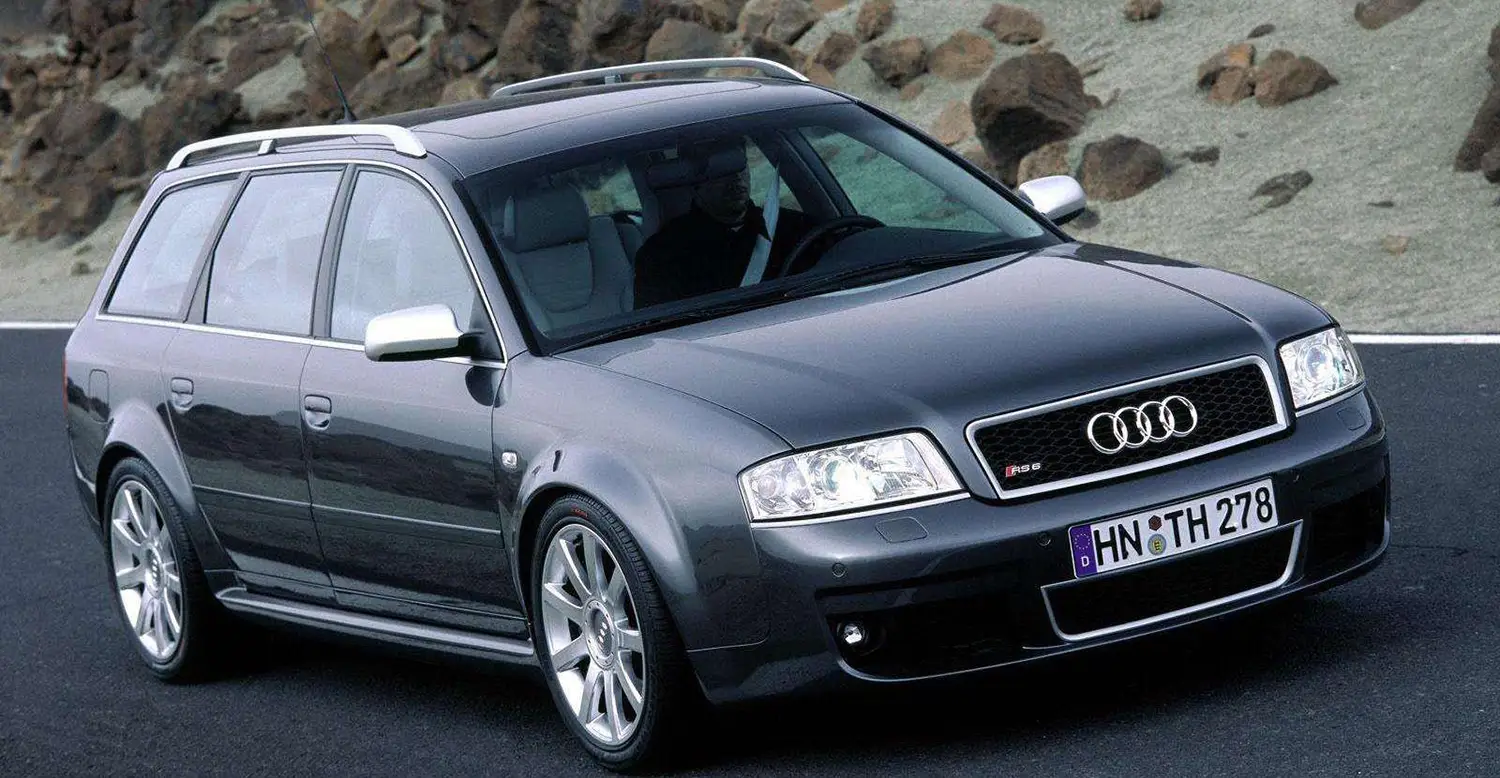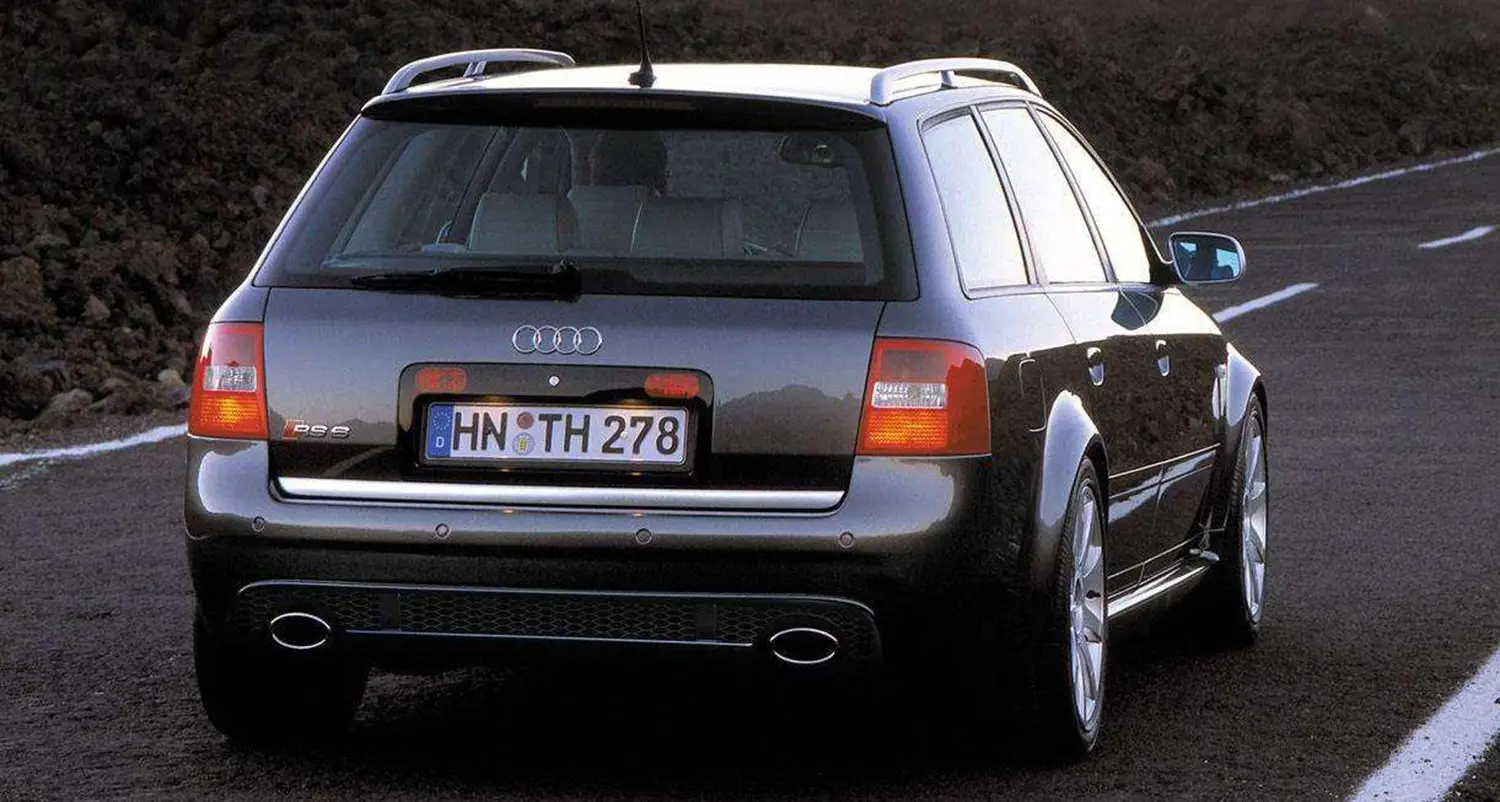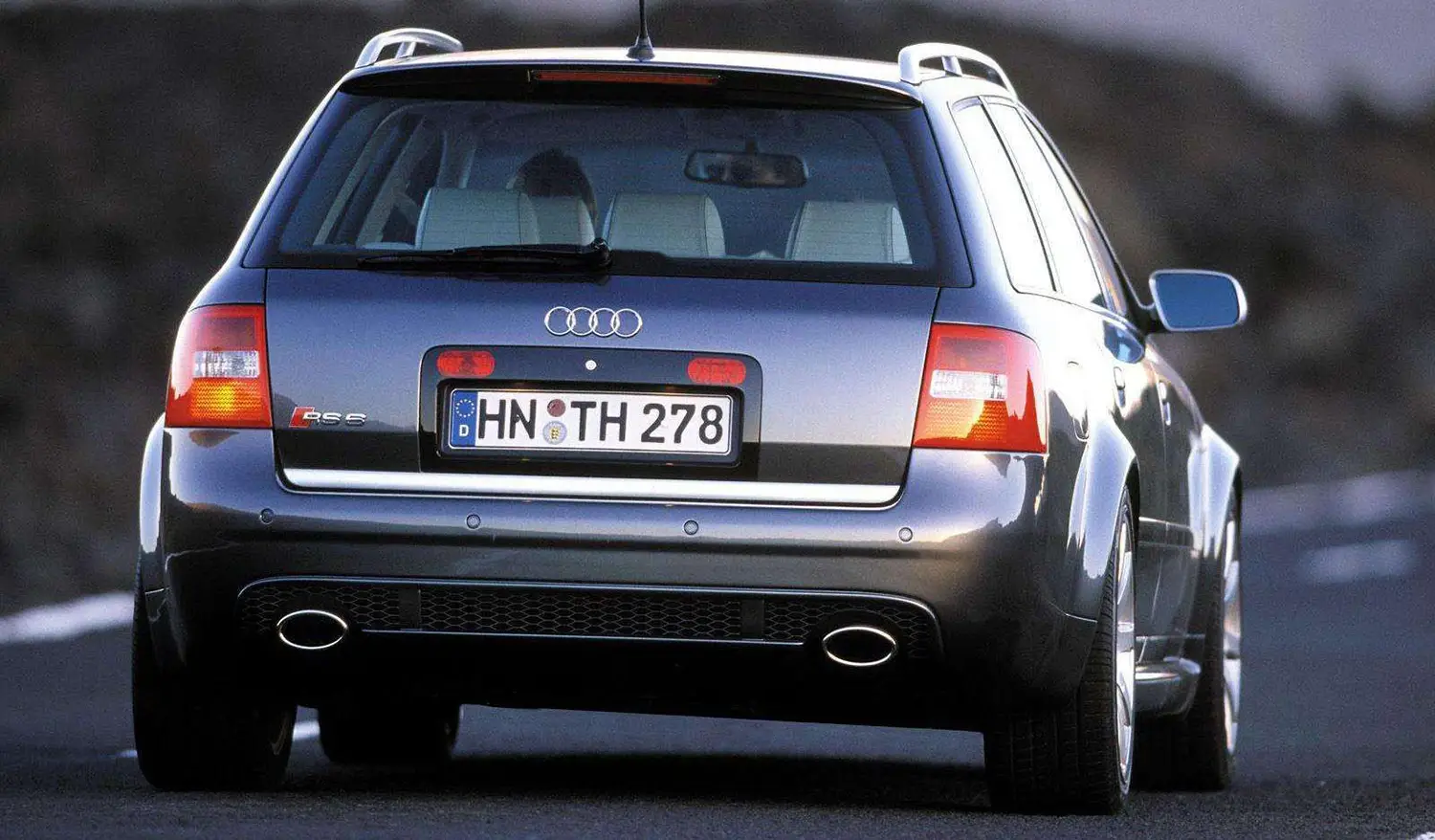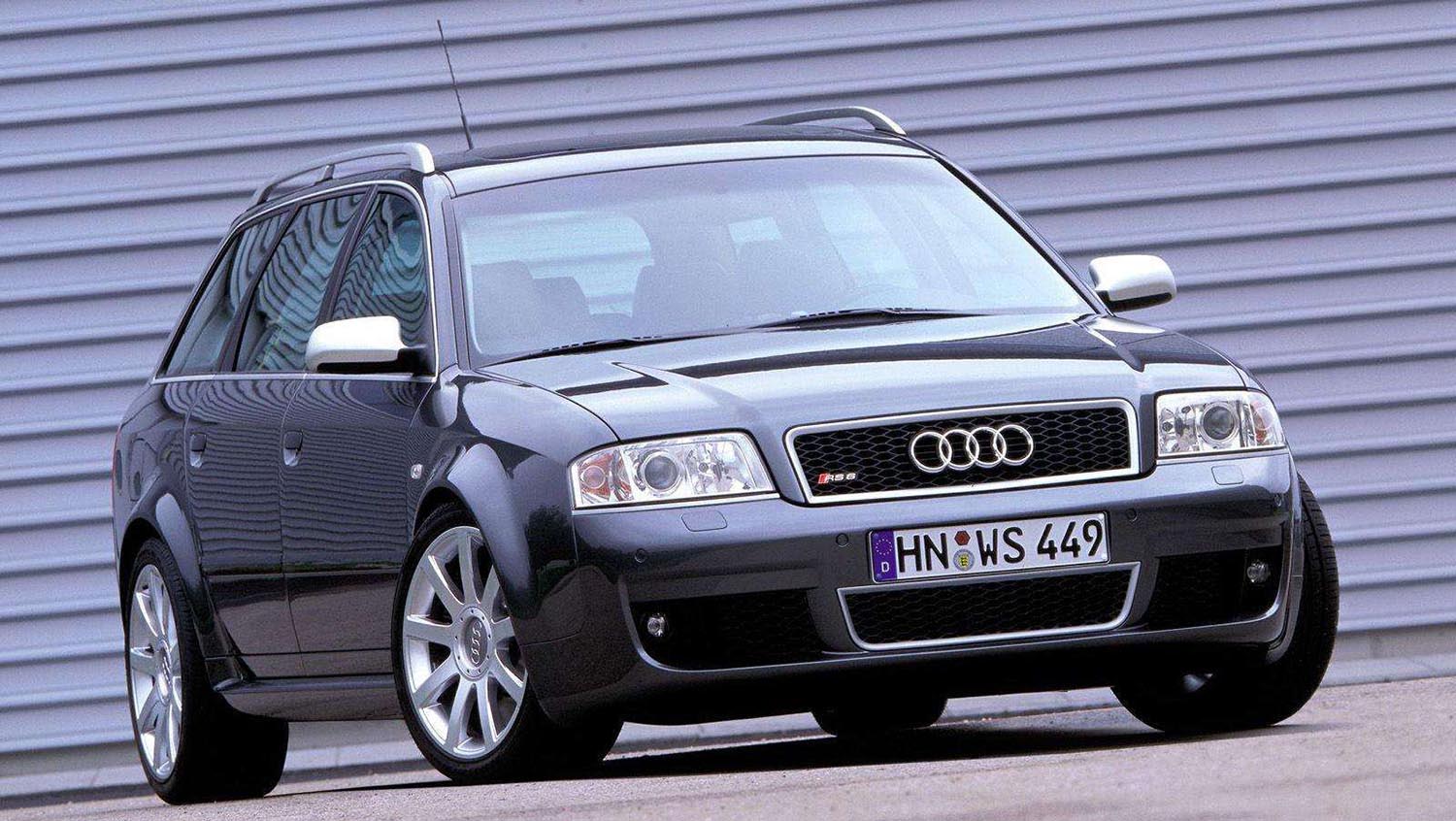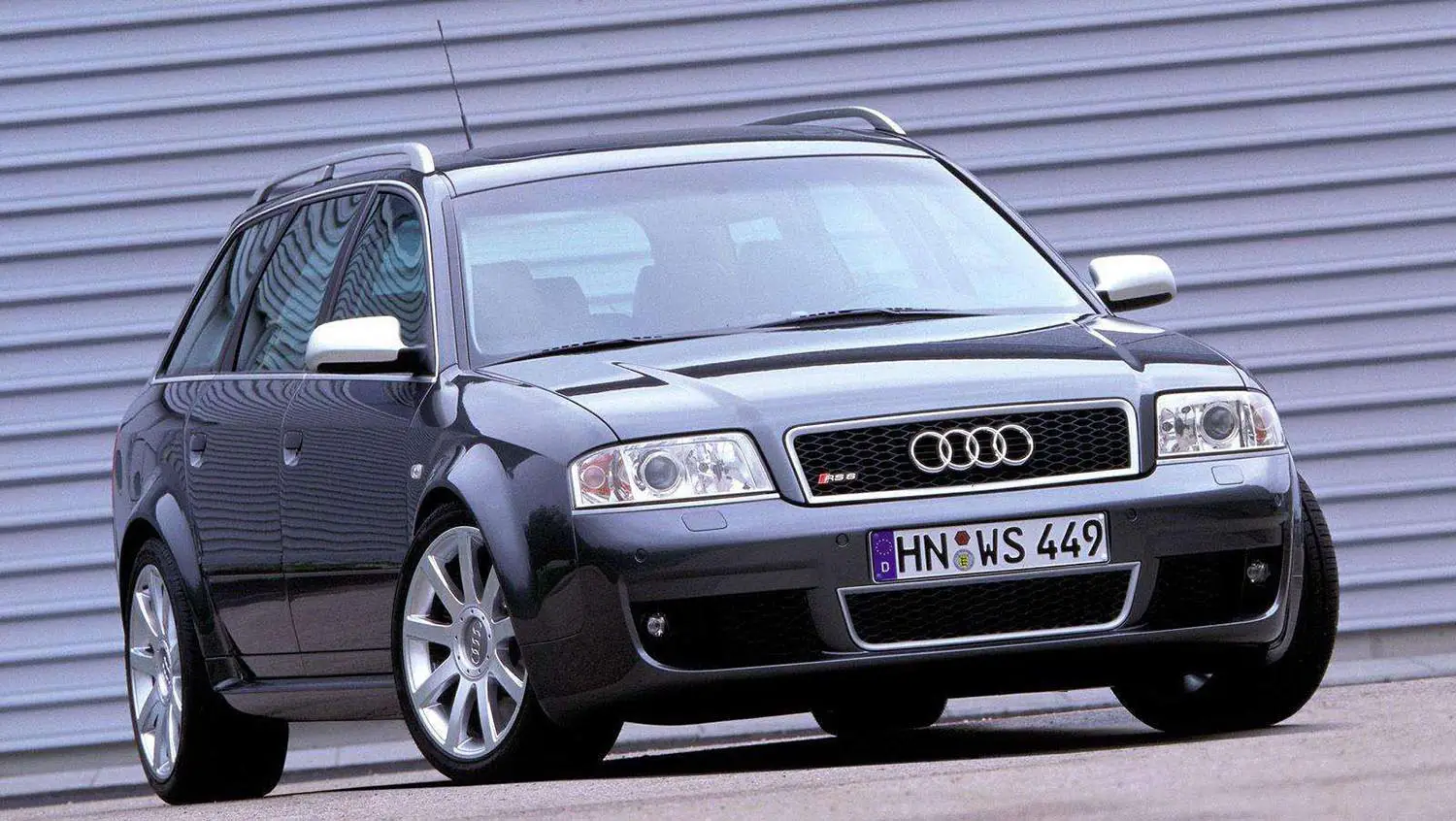
In 2002, Audi introduced a vehicle that would fundamentally redefine the high-performance segment: the original Audi RS6 Avant (Typ 4B). This car, based on the Volkswagen Group C5 platform, was the ultimate expression of the Audi A6 and S6, combining family-friendly practicality with genuine supercar speed. The RS6 initially launched as a five-door estate, or Avant in Audi’s lexicon, with a saloon/sedan version following soon after. Its manufacturing ran from July 2002 through to September 2004, creating a short but influential production run.
A V8 Bi-Turbo Masterpiece
At the heart of the C5 RS6 was a remarkable engine, a defining feature of its heritage. This was an all-aluminium alloy 4.2-liter V8, a double overhead camshaft unit with five valves per cylinder. It was a variant of Audi’s 90° V8 petrol engine, but with one major difference: the addition of twin-turbochargers, often referred to as ‘biturbo’.
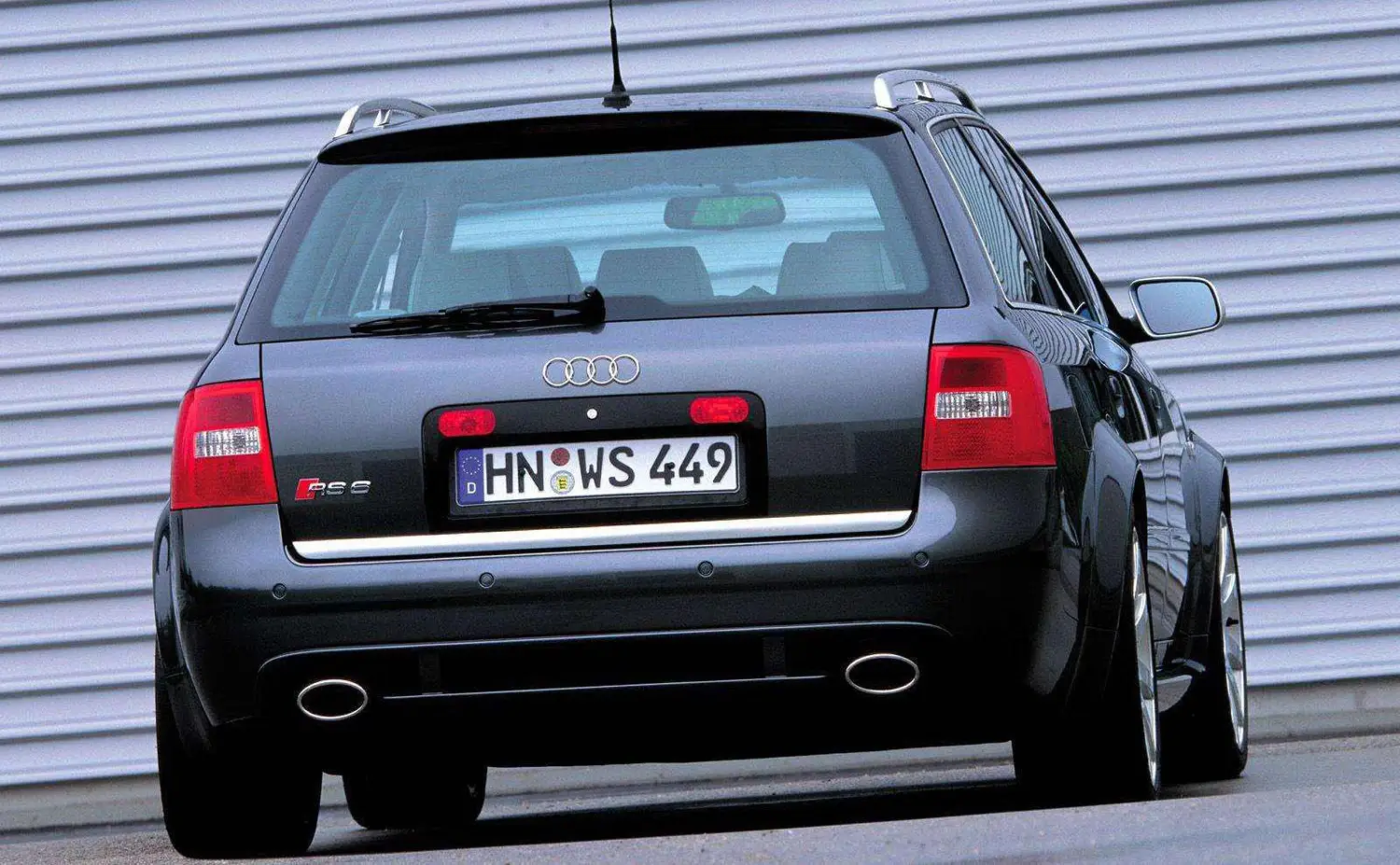
This potent powertrain was developed and manufactured in a collaboration between Audi’s in-house performance division, quattro GmbH, and the renowned British engine specialists, Cosworth Technology (now MAHLE Powertrain). The twin-turbo setup increased the V8’s motive power to an impressive 331 kilowatts (450 PS; 444 bhp) between 5,700 and 6,400 rpm, generating 580 newton meters (428 lb-ft) of torque. Crucially, the V8’s variable inlet valve timing and twin turbos gave the RS6 an exceptionally wide power band, with peak torque available from a low 1,950 rpm all the way up to 5,600 rpm.
Quattro and Tiptronic
All that power was managed by an electronically controlled five-speed ZF 5HP24A tiptronic automatic transmission. This gearbox was the only choice, chosen for its ability to handle the massive torque. Power was routed through Audi’s Torsen-based quattro permanent four-wheel drive system, utilising a Torsen T-2 dynamic ‘automatic torque biasing’ center differential.
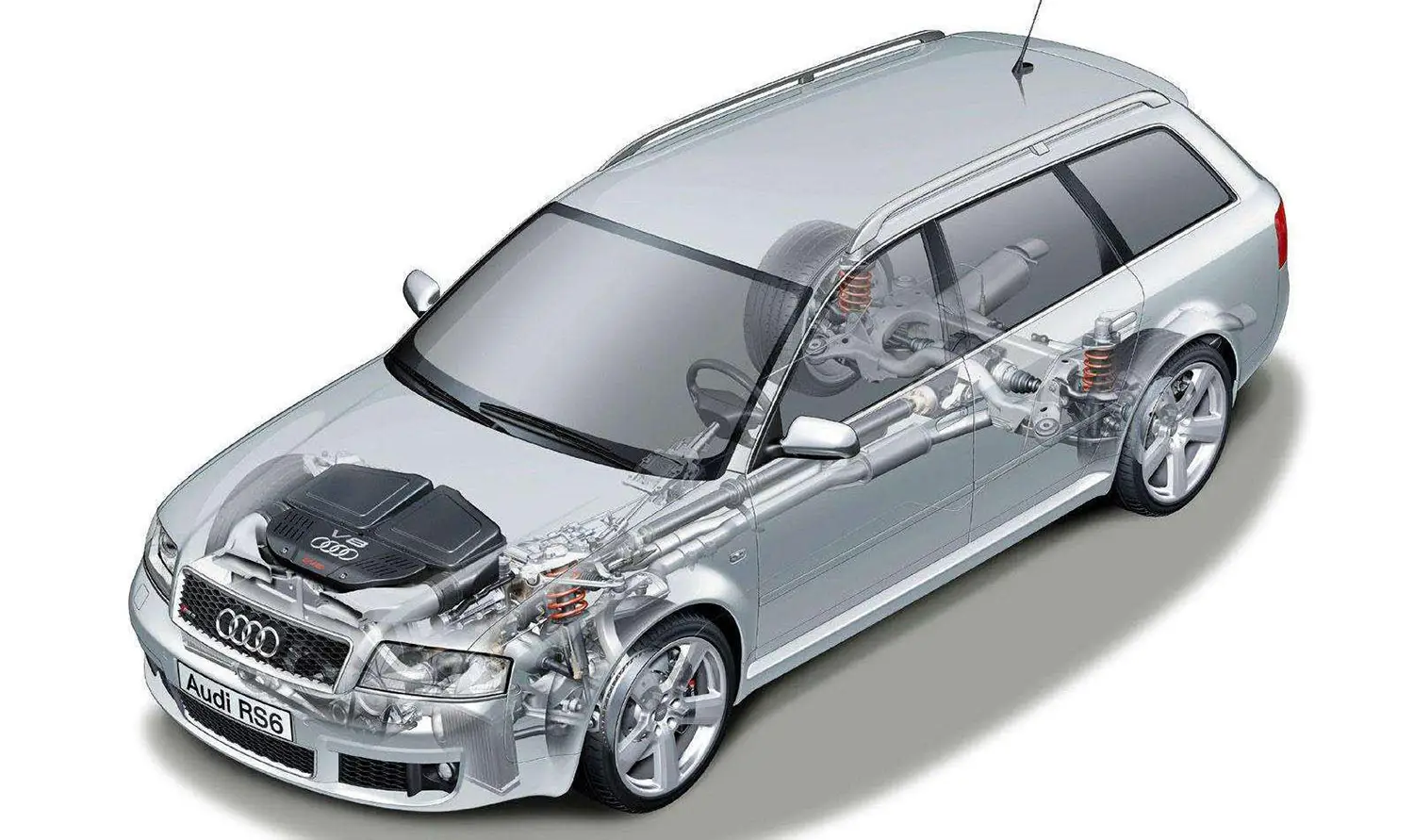
The performance figures were astounding for the time, especially for an estate car. The Avant could complete the 0-100 km/h (62.1 mph) dash in just 4.6 seconds, reaching 200 km/h (124.3 mph) in 22.8 seconds. While the official top speed was electronically limited to 250 km/h (155.3 mph), many owners found the limiter to be liberal, allowing genuine speeds of up to 270 km/h (167.8 mph).
Introducing Dynamic Ride Control
The RS6 was built not just for speed but for control. The suspension system, while based on the A6/S6’s independent four-link front and double wishbone rear, was lowered by 20 millimeters, with 30% stiffer spring rates. The C5 RS6 was also the debut model for a groundbreaking Audi technology: the Dynamic Ride Control (DRC) system.
DRC was primarily a mechanical system that used a pump to provide additional hydraulic pressure to individual dampers during cornering, acceleration, or braking. This innovation effectively counteracted body roll and pitching, maintaining both a comfortable ride on straightaways and a high level of composure and grip when pushing the car hard. It was a purely mechanical solution that avoided the need for complex electronics, marking a significant step in performance chassis technology.
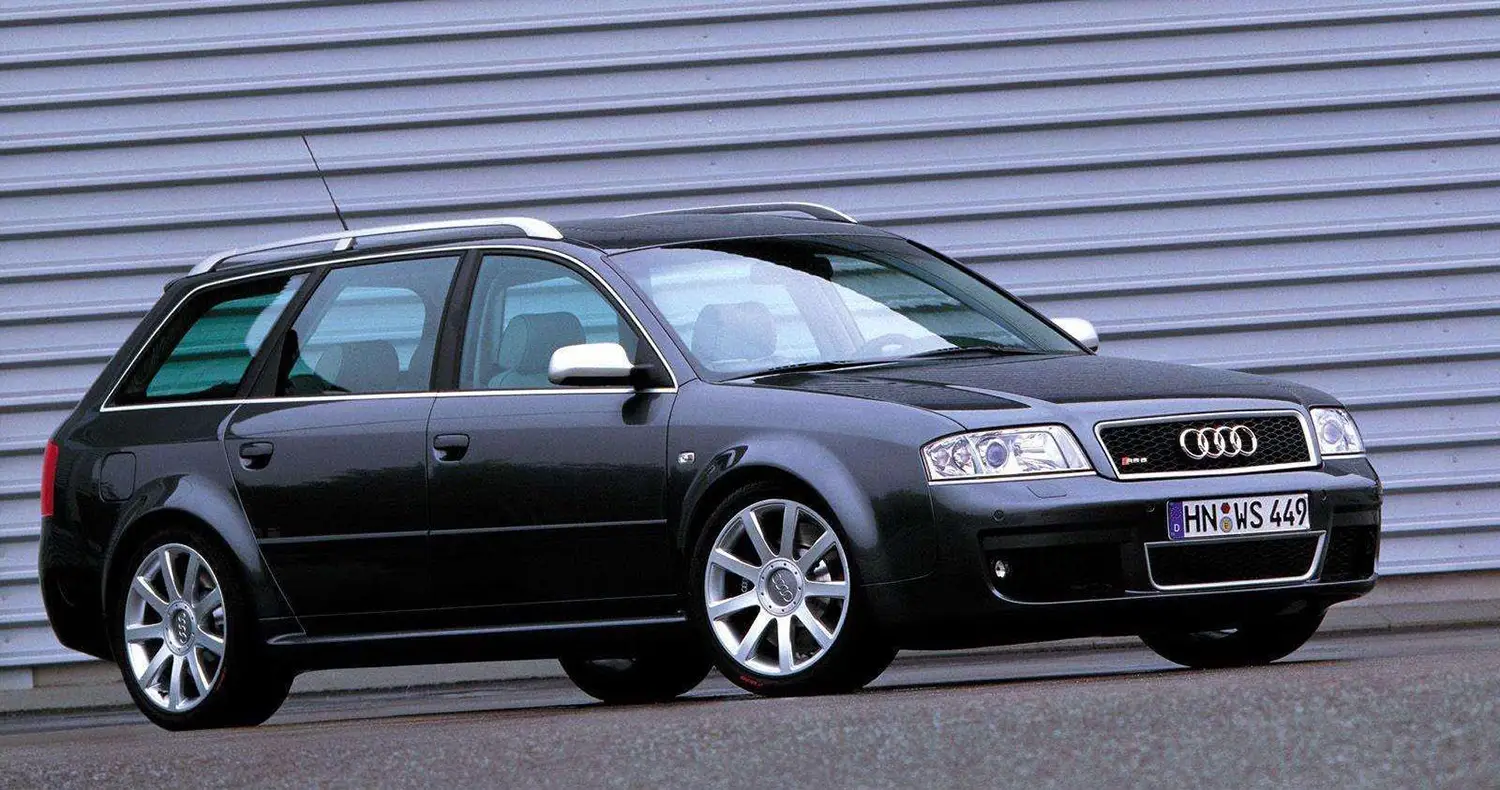
Braking and Wheels
Stopping power was equally impressive, featuring fixed Brembo 8-piston monoblock brake calipers on the front axle, working with large radially vented and cross-drilled brake discs. The focus on high performance was clear, with Bosch’s ESP 5.7 Electronic Stability Programme, Anti-lock Braking System (ABS), and Electronic Brakeforce Distribution (EBD) all fitted as standard.
The RS6 was primarily fitted with 19-inch wheels in European markets, although 18-inch wheels were also available. A key detail for the RS6 was the mandatory use of eXtraLoad (XL) rated tires to safely accommodate its significant 1,865-kilogram (4,112 lb) weight.
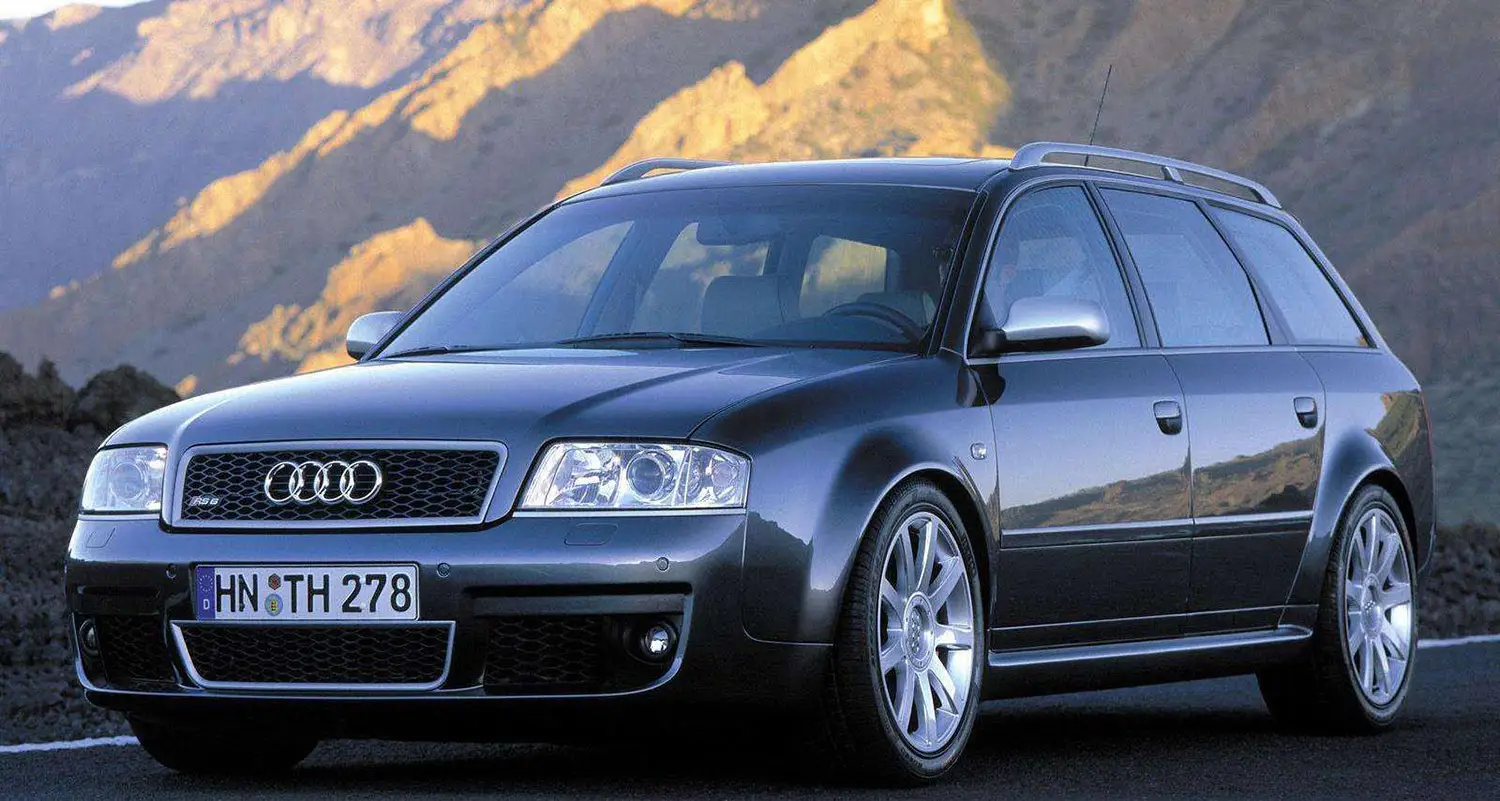
The Exclusive RS6 Plus
Toward the end of the C5’s production run, from April to September 2004, Audi released a final, limited-edition model: the Audi RS6 Plus. This highly exclusive variant was sold only as an Avant and restricted to European markets, with just 999 units produced.
The RS6 Plus featured an increased engine power output of over 350 kilowatts (476 PS; 469 bhp), achieved through a new Engine Control Unit and additional cooling. This boosted performance figures, dropping the 0-100 km/h time to 4.4 seconds and officially raising the top speed to 280 km/h (174.0 mph).
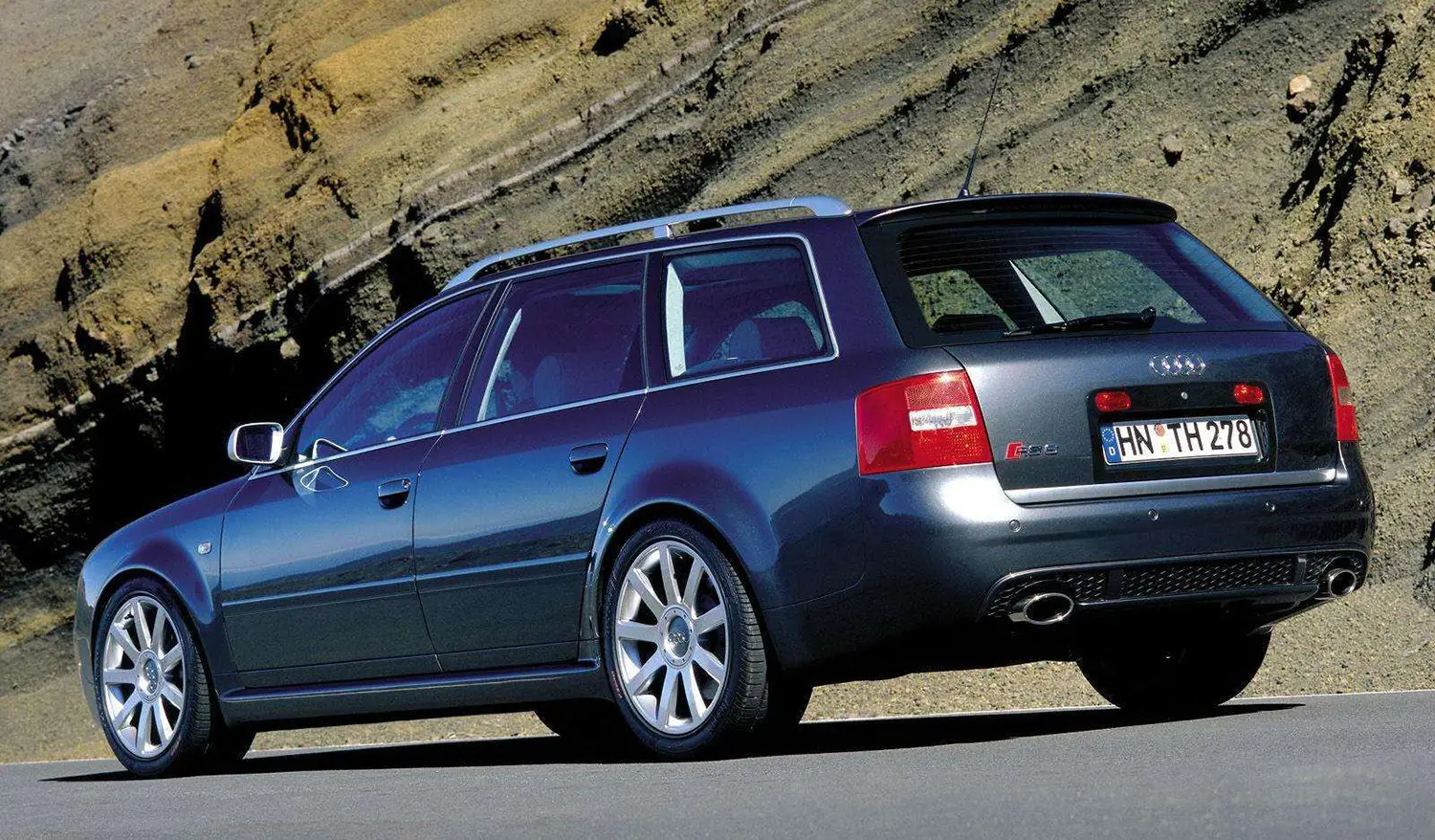
The Plus model came standard with DRC and offered a no-cost option of “Sports Suspension Plus,” which lowered the car a further 10 millimeters. It also included a revised steering rack for a firmer feel and unique “anthracite” 9Jx19-inch wheels. Each of the 999 units featured a plaque inside the car displaying the last three digits of its Vehicle Identification Number, cementing its status as a collector’s icon.
Disclaimer: Content on this site is for informational purposes only. Vehicle specs, pricing, and availability may change. Always verify details with official sources before making decisions. Opinions are those of the authors.
Source: Audi
